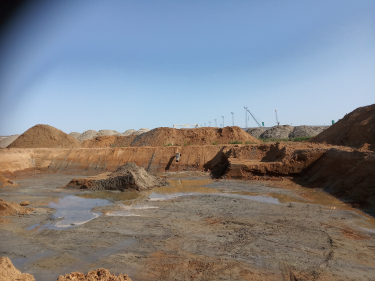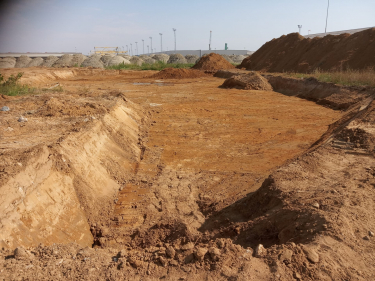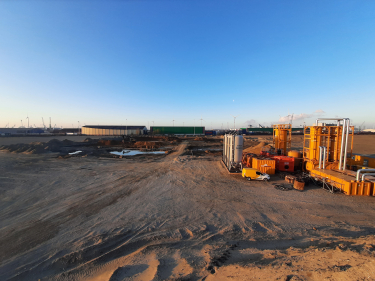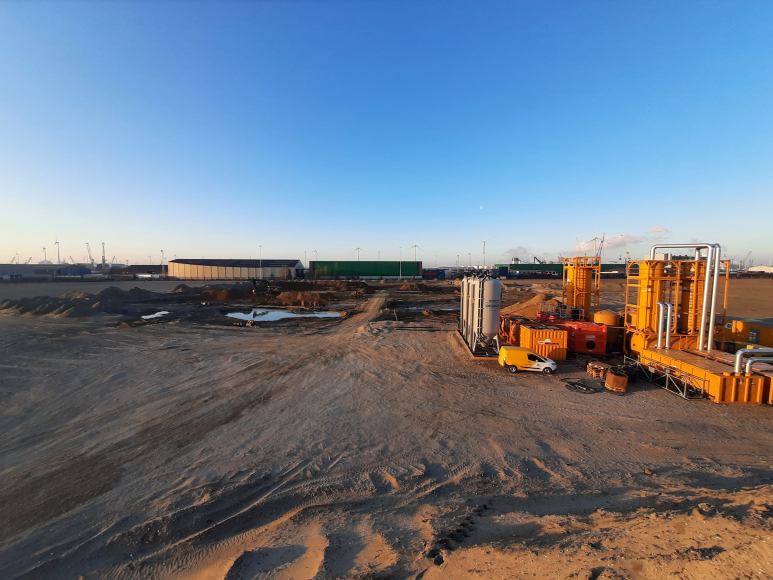Last week, the media highlighted the significant upcoming earthworks for the Oosterweel Link in a PFAS-contaminated zone at Linkeroever in Antwerp.Environment organisations claimed contaminated soil could soon be scattered all over Flanders.But Flemish Minister of Mobility and Public Works Lydia Peeters and Flemish Minster of Justice and Enforcement Zuhal Demir explained regional mobility management company Lantis committed to handle any PFOS-contaminated soil within the project area in accordance with earthworks rules and regulations.


PFAS do not break down. They spread easily and can accumulate in the cells of animals and plants, and, yes, in human cells too. Hence their nickname: 'forever chemicals'.
Kurt Bouckenooghe
Soil and groundwater expert at Antea Group




